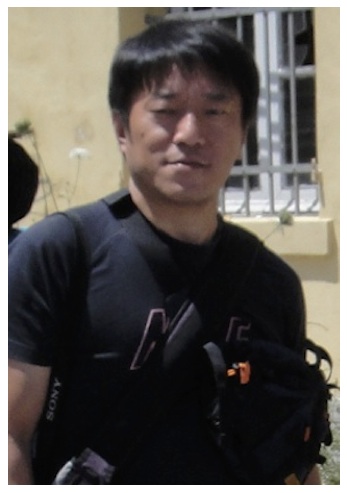
17th INTERNATIONAL FORUM ON MPSoC
for software-defined hardware
Speaker's Profile

Abstract
Many automakers are trying to utilize machine learning to realize automated driving of cars. Application of GPGPU and Approximate computing is being actively studied because using conventional CPUs in machine learning is often disadvantageous from the viewpoint of performance and energy consumption. As of today, they are in the stage of commercialization sufficiently.
However, considering the high performance and low energy consumption required of automobiles that are several years ahead, it is not guaranteed enough that GPGPU and Approximate computing have the potential to fully satisfy them. Therefore, some automakers are considering Neuromophic device as a semiconductor candidate to be installed in the next generation of automatic driving vehicles.
For the past eight months, IBM has been studying technologies for applying Japanese automobile manufacturers and Neuromophic devices to automobiles. We will report technical problems and application areas obtained from that study.
Biography
Yoshifumi Sakamoto is an associate partner of IBM Japan Ltd., and in charge of principal consultant of Advanced Information Technology for automotive. I received the Ph.D. degrees in computer science from Kyushu University, Fukuoka, Japan, in 2014. I was engaged in research of Systems development method utilizing Reverse modeling and Model-based Simulation in the graduate school of Kyushu University.
I joined IBM in 1985. I was responsible for the design and development personal computers, embedded systems and ASIC/SoC. After that, I was responsible for the project manager of ASIC and SoC development project. I responsible for the program manager of the multiple SoC development, and became a technical consultant to apply an advanced information technology into automobile. Currently, I am working as a consulting engineer of a vehicle centric control system and In-Vehicle Infotainment system.

